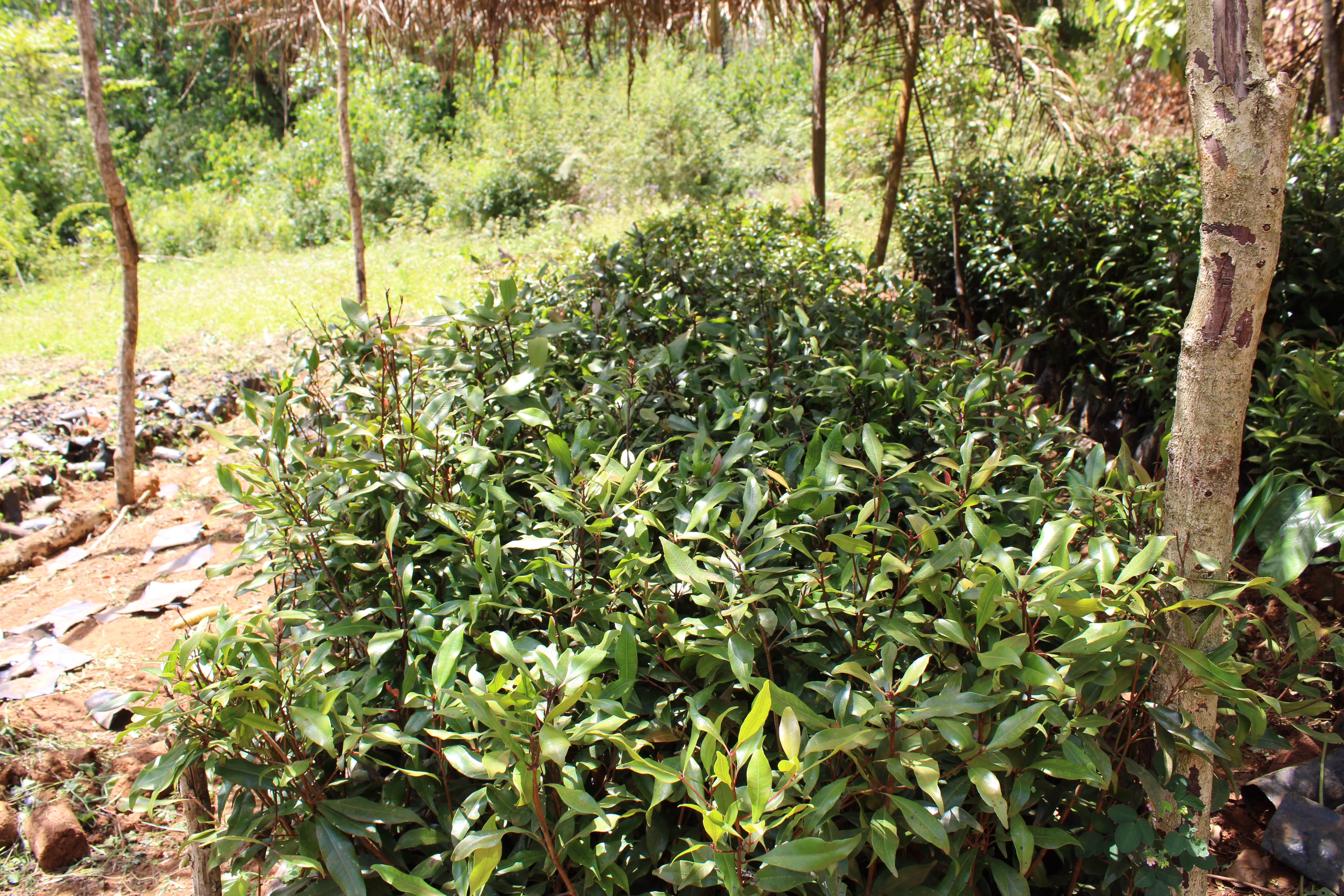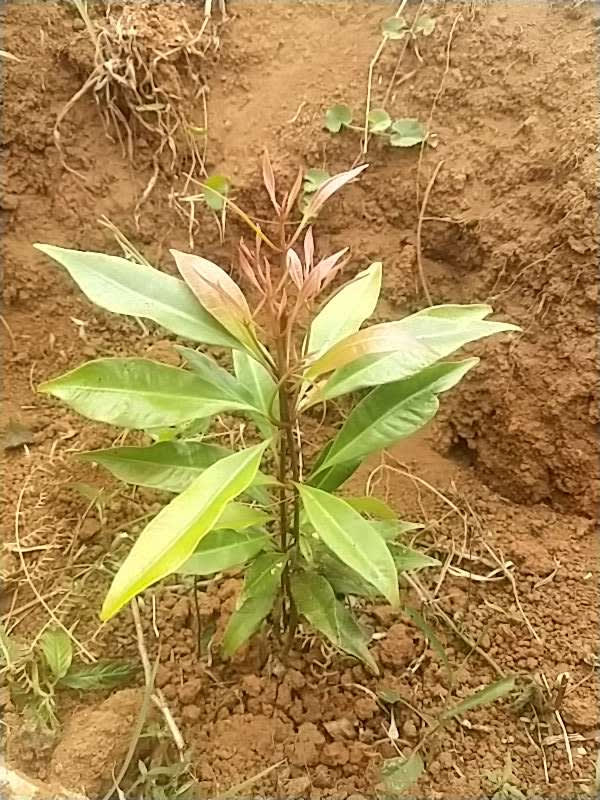ID: 9VD-7PL
ID: 9VD-7PL
Clove
Syzygium aromaticum
Photo
Tanzania
12:11 - 26°C
My connections
My ID card
Who am I?
Date of birth
03/30/2022
Name
Clove
Tree
Clove
Where am I located?
Country
Tanzania
Place of birth
Muheza
Coordinates
5° 4′ 51.29″ S
38° 37′ 33.48″ E
/38.62596617,-5.08091516,0/500x333@2x?access_token=pk.eyJ1IjoidG9tbWFzb3NwZXJvbmkiLCJhIjoiY2tnOTE3eW12MDJqazMybXNzOWV1YjloOSJ9.wtGsuDU7XIKjcv2cq8CiXw&logo=false&attribution=false)
My Timeline
The important moments in your tree's life.
Seed
It all starts with a tiny seed, nice and warm in the soil.
Nursery
Your seedling is big enough to be welcomed into one of our nurseries, along with many others.
Planted
We’re here! Your tree has reached its new home: it’s been planted by a smallholder, who’ll take care of it for years to come.
Photo
Strike a pose! Now that it’s big enough, here’s a photo of your tree!
My Gallery
Nursery

Planted
/38.62596617,-5.08091516,0/500x333@2x?access_token=pk.eyJ1IjoidG9tbWFzb3NwZXJvbmkiLCJhIjoiY2tnOTE3eW12MDJqazMybXNzOWV1YjloOSJ9.wtGsuDU7XIKjcv2cq8CiXw&logo=false&attribution=false)
38° 37′ 33.48″ E
Photo

Curiosity about me
The important moments in your tree's life.
Let's start with introductions
Syzygium aromaticum is the scientific name for the clove tree. Its original homeland is the Maluku Islands, which are located west of New Guinea. It is an evergreen tree that can grow up to 12 metres in height. Its small brown buds have a very intense aroma and contain essential oils. They’re therefore used – carefully dosed – to add fragrance to a wide variety of foods and other products.
Meaning
Unmistakeable
Cloves have an extremely strong and distinctive smell. You might well recognise it among thousands of others.

How much CO2 I’ll absorb
My estimated CO2 absorption capacity is based on the first 10 years of my life*
Current absorption
- 40 kg
2022
0 kg
2032
-200 kg
* The tree will continue to absorb CO2 even after the tenth year. Therefore this is a prudent estimate.
How I am useful to local communities

Medicine
Its leaves, roots, bark and/or fruits are used in traditional medicine.

Consumption and sales
Its fruits, seeds and/or leaves are used as food in the farmers' families or are sold on local markets.

Cosmetics
Raw materials are extracted from its flowers, fruits and/or leaves to produce creams or powders.
My benefits
50%
Food Security
The trees will bear fruits, some that will be edible immediately and others that can become edible through processing, ensuring food resources over time.
80%
Economic development
The trees' fruits and the products derived from their transformation can be traded in local networks, offering income opportunities.
40%
CO₂ Absorption
During its life cycle, each tree will offset CO₂. The trees that you plant can offset your emissions.
30%
Environmental protection
The trees are planted in agroforestry systems that favor the virtuous interaction between the different species and their positive impact on the environment and on the land.